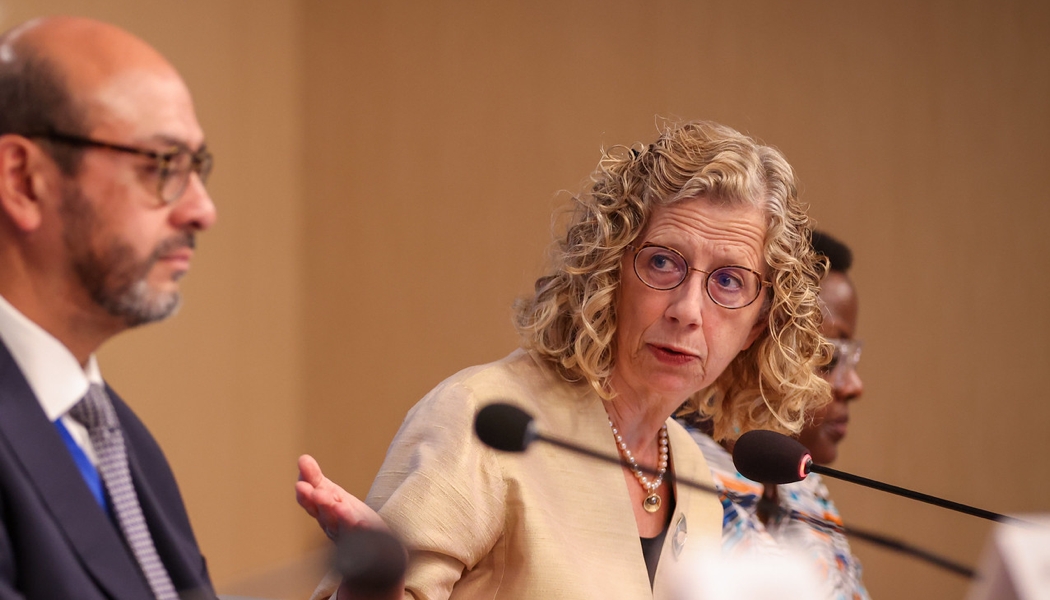Talks aimed at striking a landmark global treaty on plastic pollution fell apart. Negotiators from 185 nations worked beyond Thursday’s deadline and through the night in an ultimately futile search for common ground.
A large bloc wants bold action such as curbing plastic production, while a smaller clutch of oil-producing states want to focus more narrowly on waste management.
Luis Vayas Valdivieso, the Ecuadorian diplomat who chairs the negotiating committee, put forward two compromise proposals within 24 hours, the last unveiled on the night of August 14–15 amid a feverish, tense atmosphere. Yet in an extraordinary dawn session, delegation heads failed to reach agreement despite substantial changes to the wording.
In the absence of consensus — a core principle of the UN — the entire process was eventually postponed.
New negotiations on the horizon
The stalemate was a resounding failure for the environment and for international diplomacy at a time when its frailties are in the spotlight. However, countries said they wanted future negotiations — despite six rounds of talks over three years now having failed to find agreement.
Talks chair Luis Vayas Valdivieso said the session had merely been adjourned rather than ended.
He told AFP that countries and the secretariat “will be working to try to find a date and also a place” for resuming the talks.
Red lines fleshed out
Since the process began in 2022, tensions have escalated into a bitter standoff between two seemingly irreconcilable camps.
The High Ambition Coalition, which includes the European Union, Britain and Canada, and many African and Latin American countries, wanted to see language on reducing plastic production and the phasing out of toxic chemicals used in plastics.
The cluster of mostly oil-producing states calling themselves the Like-Minded Group — including Saudi Arabia, Kuwait, Russia, Iran, and Malaysia — want a much narrower remit.
These countries railed against the negotiations being based on the entire life-cycle of plastic: from the petroleum-derived substance right through to waste. They waged a relentless campaign to change the scope of the negotiations and the text of the treaty, which was set in 2022 at the United Nations Environment Assembly.
“Our views were not reflected… without an agreed scope, this process cannot remain on the right track,” said Kuwait.
Making the best of the situation, UNEP chief Inger Andersen told AFP that the Geneva talks had fleshed out the deeper details of where countries’ red lines were. “They’ve exchanged on these red lines amongst one another — that’s a very important step,” she said.
Dumped, burned and discarded
More than 400 million tons of plastic are produced globally each year, half of which is for single-use items. While 15 percent of plastic waste is collected for recycling, only nine percent is actually recycled. Nearly half, or 46 percent, ends up in landfills, while 17 percent is incinerated and 22 percent is mismanaged and becomes litter.
The plastic pollution problem is so ubiquitous that microplastics have been found on the highest mountain peaks, in the deepest ocean trench and scattered throughout almost every part of the human body.
On current trends, annual production of fossil-fuel-based plastics will nearly triple by 2060 to 1.2 billion tons, while waste will exceed one billion tons, according to the Organization for Economic Cooperation and Development (OECD).
